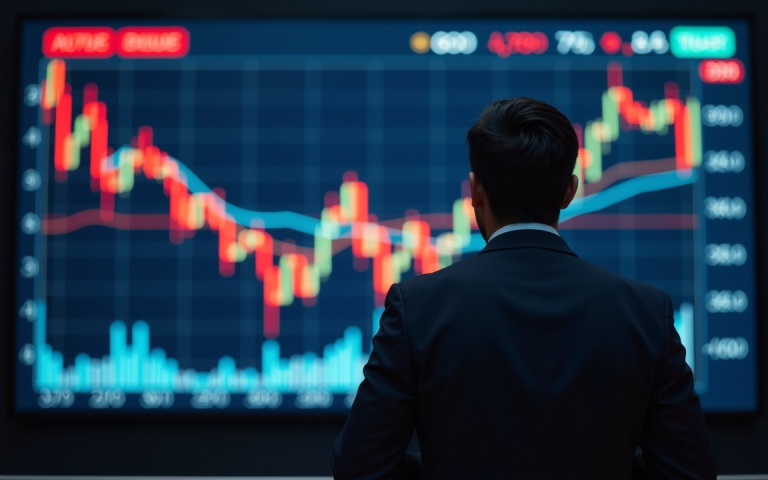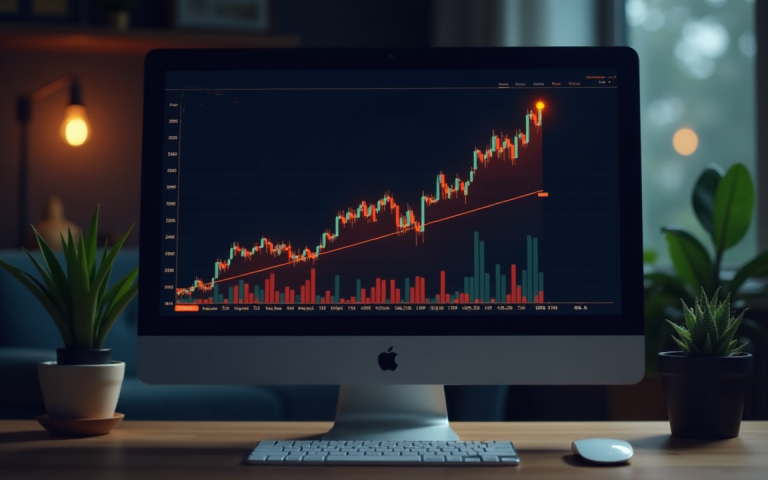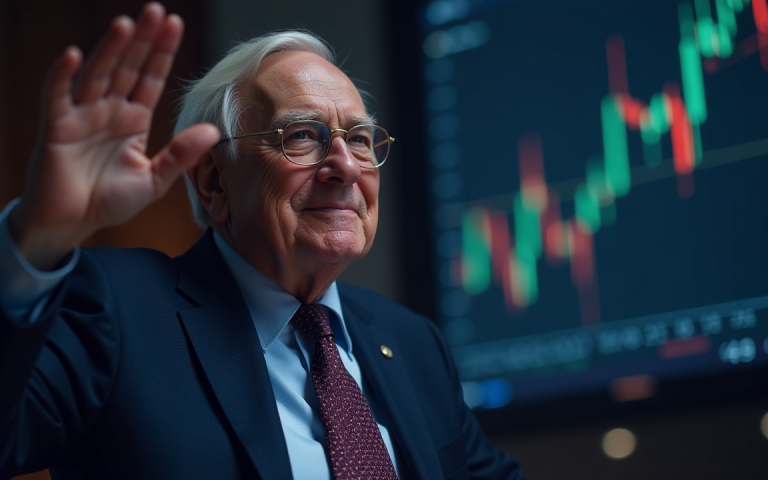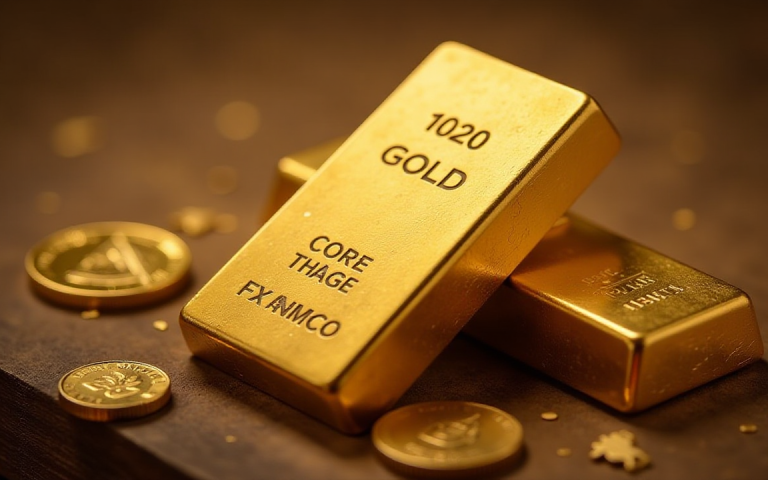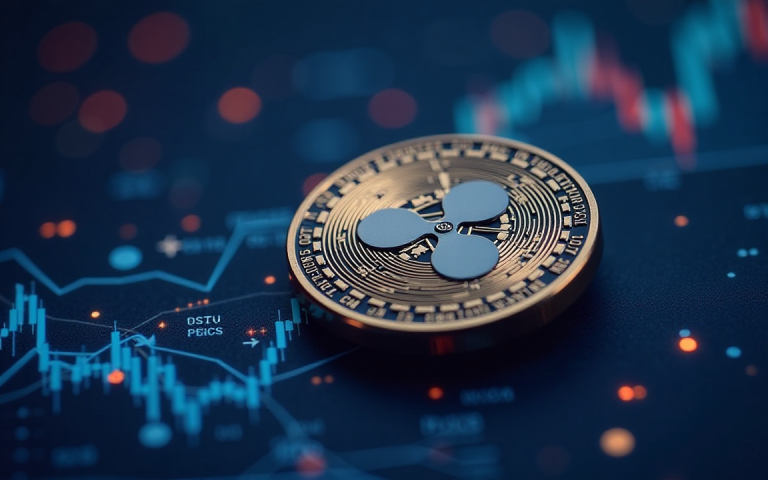European stock markets are poised for a subdued opening on Tuesday, signaling investor caution as focus shifts squarely onto a packed week of corporate earnings reports and upcoming central bank decisions.
After a mixed start to the week, market participants appear to be bracing for potentially impactful results from some of the continent’s largest companies.
Early indicators suggest a negative bias across major European bourses.
According to data from IG, the UK’s FTSE 100 is expected to open slightly lower by 3 points at 8,620.
More pronounced declines are anticipated elsewhere, with Germany’s DAX projected to fall 47 points to 23,284, France’s CAC 40 seen dipping 24 points to 7,708, and Italy’s FTSE MIB expected to start 32 points lower at 37,836.
This hesitant outlook follows a mixed session on Monday, where European bourses navigated the start of the week with UK markets closed for a public holiday.
Now, attention turns decisively to corporate performance.
A significant roster of companies is set to unveil quarterly results today (Tuesday), including Vestas Wind, AXA, Uniper, Ferrari, Hugo Boss, Covestro, Zalando, Telenor, Geberit, Philips, Intesa Sanpaolo, Continental, and Electronic Arts.
Later in the week, reports from giants like Novo Nordisk, BMW, Maersk, and Commerzbank will further shape the narrative.
Central banks and trade talks also in focus
Beyond corporate earnings, central bank activity commands significant attention this week.
Monetary policy decisions are due from Sweden’s Riksbank, Norway’s Norges Bank, and crucially, the Bank of England.
These announcements will be closely watched for insights into how policymakers are balancing inflation concerns against economic growth prospects.
Adding another layer is the ongoing assessment of global trade dynamics. Recent comments from US officials have hinted at progress, potentially injecting some optimism.
US Treasury Secretary Scott Bessent told CNBC Monday that the US was “very close to some deals,” echoing earlier remarks from President Donald Trump suggesting agreements could emerge soon.
Investors continue to monitor these developments closely for signs of de-escalation in tariff tensions.
Global cues and market indicators
The cautious European outlook follows mixed overnight activity in other regions.
Asia-Pacific markets saw mostly modest gains as investors digested the trade talk developments.
However, S&P 500 futures edged slightly lower early Tuesday, suggesting some hesitation on Wall Street ahead of the US Federal Reserve’s first policy meeting since President Trump announced sweeping “reciprocal” tariffs in early April.
While Fed funds futures indicate a very low probability (around 3.1%) of an actual interest rate cut at the conclusion of the meeting on Wednesday, investors will scrutinize Fed Chair Jerome Powell’s accompanying statement and press conference for any shifts in the central bank’s economic outlook and assessment of risks, including those potentially stemming from trade policy.
Reflecting the underlying uncertainty, spot gold prices edged higher again on Tuesday morning.
The precious metal, often sought as a hedge against instability, gained 0.83% to $3,361.90 per ounce by 9:32 a.m. Singapore time, supported by recent US dollar weakness and the persistent trade concerns.
As European traders settle in, the heavy flow of earnings reports will likely dominate direction, tested against the backdrop of central bank anticipation and the ever-present hum of global trade uncertainty.
The post Europe markets open: stocks set for lower start; focus shifts to earnings from Vestas, AXA, Ferrari appeared first on Invezz

